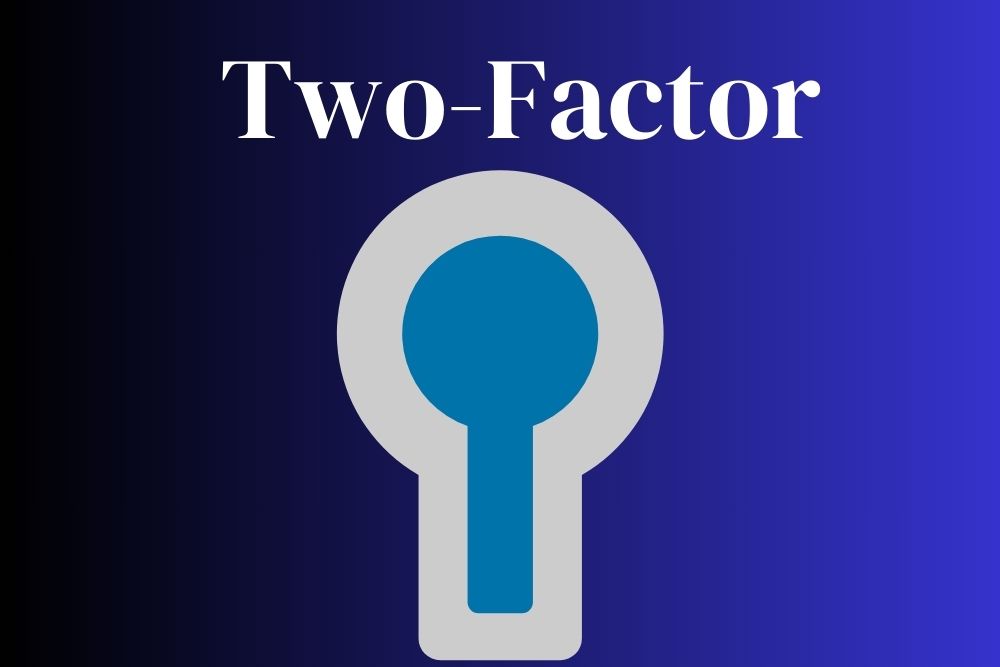Those who’ve been designing for years may not like the look or feel of Gutenberg blocks. In fact, using them can dull your coding skills and make working within environments such as Microsoft Word more challenging. Classic Editor plugin takes the look and feel of posting within WordPress back to what it was before the WordPress 5 update.
Learning to use blocks is almost like learning another language. While the idea behind it is to simplify operations, the design is limiting if you need to add custom code. Yes, there is a block for that, but it doesn’t always behave the way one would like.
Plus, sometimes you just want to do things old school. Unfortunately, WordPress wants you to use blocks and the content management system (CMS) comes with Gutenberg preinstalled. To get back to the classic editor, you’ll have to install and activate the plugin.
Classic Editor Top Features

Classic Editor plugin is a community plugin. People from within the WordPress.org community contribute to it, answer questions in the forums and keep it updated. From time to time, they’ve said they are going to stop the support and updates but people keep working on it and making it compatible with new versions of the CMS. There seems to be a desire and need for classic editor.
At some point, WordPress developers will likely integrate the plugin into the platform itself, allowing users to toggle between the two. At this point, it doesn’t seem to be in development, though. Some of the things that make the classic editor stand out from the block editor option include:
- Add meta-style boxes.
- Official WordPress plugin and will be maintained through 2024 or “as long as is necessary.”
- Select the role of default editor for all users.
- sers can choose which editor they want for each post they work on.
- Post opens in the last editor used on that post.
- Hides Gutenberb blocks.
Using the Classic Editor is more of a style choice than anything else. If you love the blocks system and dropping in what you like, then you’ll prefer Gutenberg and find little use for Classic Editor. On the other hand, if you prefer a bit more control over the backend and an easy way to access code for tweaking, Classic Editor may be your editor of choice.
Sites with a lot of special features, such as a cosmetology website with scheduling, events and specials, you’ll probably appreciate the flexibility of this plugin.
Cost of Classic Editor
Classic Editor is an Open Source software and there is no cost to download it or use it. There is one version, rather than a free and professional option. The WordPress.org website lists these people as contributors to the project as of 2023.
- Mel Choyce-Dwan
- Alexis Lloyd
- Riad Benguella
- Luciano Croce
- Andrew Ozz
- Josepha
- Gary Pendergast
- Jonathan Desrosiers
You likely recognize Gary Pendergast as one of the core contributors on WordPress. org. He’s worked on plugins such as Advanced Automatic Updates, Health Check & Troubleshooting and Jetpack.
How to Install and Use Classic Editor
The video above shows you how you can switch between Classic Editor and Gutenberg easily. You’ll find times when one is preferable to the other.
Installing and using the classic editor is fairly simple.
Step 1: Install and Activate Classic Editor
The easiest way to install the plugin is via your WordPress dashboard. Go to Plugins/Add New and search for “Classic Plugin.” Hit install and then activate. Your classic editor is in place.
Step 2: Adjust Settings

The settings are straightforward. Choose whether you want emoticons converted to graphics.
Pay careful attention to “Default Post Category.” You can use uncategorized as above or click the drop-down arrow and choose a different location.
You can also set a default post format and which editor appears first for your users. You can even decide if users can switch editors or not. Creating consistency in experience matters when working with a team, so make a decision and stick to it.
Step 3: Post Via Email

The ability to send posts via email frees you to work with people who might not be able to work within the CMS environment or who have limited visual ability. The plugin cautions about who you share your posting email with and the name you use. If the info falls into the wrong hands, bad players can abuse it.
You’ll need to set up a POP account with a secret email name. You should be able to do this via your server or your provider can help you understand the best process.
For login name and password, you’ll use your information for your email address via the backend of your website. Most providers utilize cPanel for this, but it can vary.
Be sure to select a default category where the post publishes.
Step 4: Update Services
Your final step is to select the services you want to notify of new posts. The default goes to pingomatic, but there are others you can include and some based on industry.
Click on “Save Changes” and your Classic Editor plugin is set up.
Benefits of Installing Classic Editor
At the end of the day, both Classic Editor and Gutenberg achieve the same goal of helping you publish content to your WordPress website.
The Classic editor offers a familiar interface similar to what you’d see in Microsoft Word. It also is the one many people learned WP on and thus is far more intuitive. Until you are familiar with Gutenberg, you may have to search to find the needed blocks.
If doing custom work and coding, you’ll find Classic Editor much more intuitive and functional than blocks for tweaking colors, styles and other features of the site.
Should You Lose the Blocks?
We polled a few WordPress users about their preference for classic versus blocks. The feelings were split almost down the middle about which is better. Most agreed that there is a place and time for both Gutenberg and Classic Editor. In an ideal world, you’d switch between the two, using the one that is most beneficial for each post and project.
Most people become familiar with one and tend to stick with it over the other. However, opening the door to new advances in program development and trusting that those who create the new features know a thing or two about CMS platforms can open your design world and take your website to the next level.


